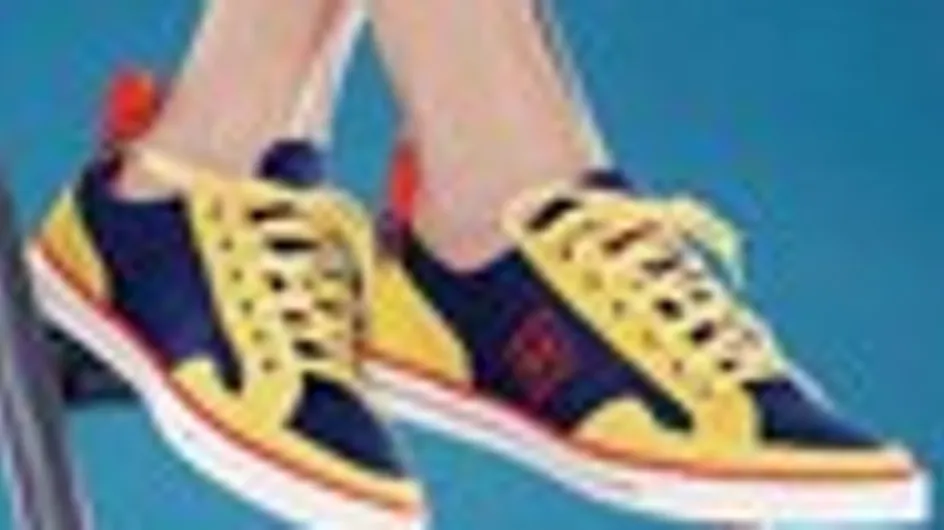Get the right shoes
Sports shoes aren't all the same and you shouldn't go hiking in your running shoes, for example.
Different needs:
- Running shoes need to allow the feet to breathe, stabilise and absorb the shock each step brings, whatever the surface. Made from sophisticated materials they have an insole and sole (interior and intermediate) which absorb shocks, in particular at the heel where the shock is received.
- Indoor shoes (for step aerobics, etc.), your shoes need to absorb shocks and support your ankle during sideways movements. They come with a reinforced middle sole, especially at the front of the foot (the part that attacks the floor first) and a bridge at the arch of the foot. They are light and comfortable to make movement easier.
- Tennis shoes have good grip and provide the feet with stability to make up for the multi-directional movements in tennis. They also absorb shocks from impact with the floor.
- Modern dance shoes (e.g. for hip-hop) are soft, shock absorbant and supportive. They give lots of freedom of movement to allow you to move, turn and jump in all directions.
- Hiking shoes provide good grip to the ground, whatever type (rock, pebbles, grass etc.), allow the feet to breathe, are impermeable and support the feet and ankles (the higher the better), which is essential on rugged terrain. They may also need to adapt to other outdoor activities (crossing rivers, cycling, climbing etc.).
- Choose special shoes for squash, badminton, boxing, climbing, ballet, dancing, basketball, volleyball and football.
Level and frequency
Even in the specialist aisles, the choice on offer is enormous and the range of prices equally wide, so choose shoes for your level. If you're a beginner, go for a pair with all the basic features and remember to replace them frequently. If you do your sport regularly, or at high intensity, go for a higher quality shoe.
The right shoes for your feet
Once you’ve chosen a pair for your sport and level, the last - but not least - criteria is comfort and feel. Your shoes shouldn't be too big or small. Ideally, there should be a space the width of a finger between your big toe and the end of your shoe.
Your shoe should fit the shape of your feet (neutral, supinator shapes that arch outwards, or pronator shapes that arch inwards). Some shoes (especially running shoes) can be specially shaped for your feet. You have to feel comfortable in your shoes, so try running, turning and jumping in them.
Top tips
- Choose shoes that are suitable for your activity, level, intensity, frequency and comfort.
- Ask the salespeople for advice.
- Set a budget, and bear in mind the latest, flashiest models may not neccessarily be the best quality, give you as much comfort or shock absorption.
- Try them on. Try on both pairs with sports socks, walk and move about in them.
- Break them in gradually. Don’t take your new hiking shoes on a 5-hour hike, or do a marathon in your new running shoes!














